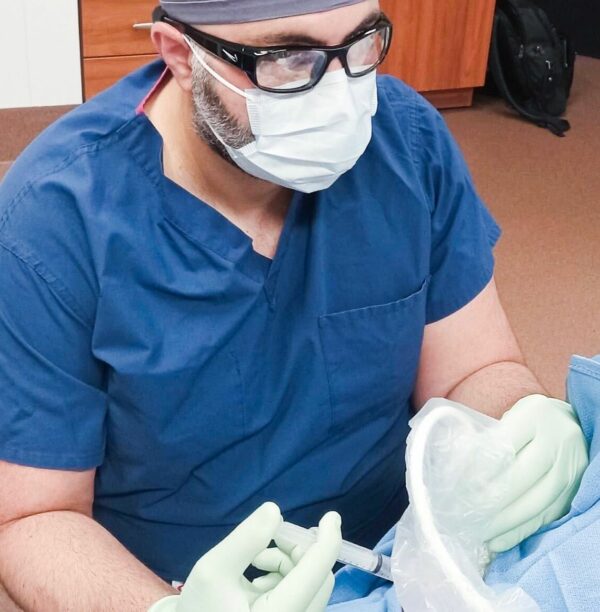Broadly speaking there are five treatment categories:
MEDIAL MANAGEMENT. Our goal is to maximize pain relief while limiting potential adverse outcomes. We want to ensure that our patients have access to medications that can provide improvements in your quality of life. Depending on the type of pain and the pain focus/generator, opioid and non-opioid medications can be considered. Following a thorough history, physical exam, and diagnostic studies, Dr. Abdallah and his team will explain the benefits and risks of using the medication(s) we prescribe.
RESTORATIVE THERAPIES. These include working with chiropractors, physical therapists, and occupational therapists, who are valuable allies in multimodal acute and chronic pain treatments. Interventional approaches. When clinically indicated, interventional approaches include image-guided minimally invasive procedures. These procedures are utilized as both diagnostic and therapeutic treatment modalities for acute and chronic pain.
BEHAVIORAL APPROACHES. Patients with pain and behavioral health difficulties might experience challenges that can worsen painful conditions for psychological, cognitive, emotional, behavioral, and social aspects of pain. This can have an impact on treatment outcomes.
INTERVENTIONAL APPROACHES. When clinically indicated, interventional approaches include image-guided minimally invasive prcally indicated).
COMPLEMENTARY and INTEGRATIVE HEALTH. This includes multimodal treatments such as massage, acupuncture, yoga, infusions, and others.
For additional information and more resources regarding pain management treatments, watch this YouTube video on lower back pain from the Centers for Disease Control and Prevention (CDC).ocedures. These procedures are utilized as both diagnostic and therapeutic treatment modalities for acute and chronic pain (if clini






